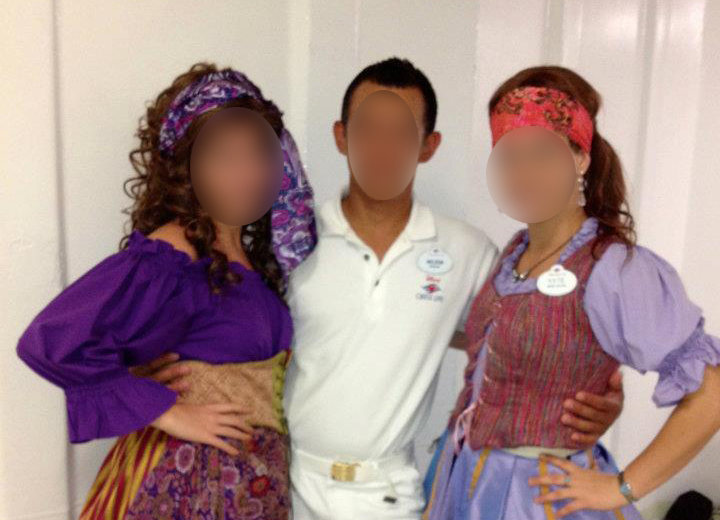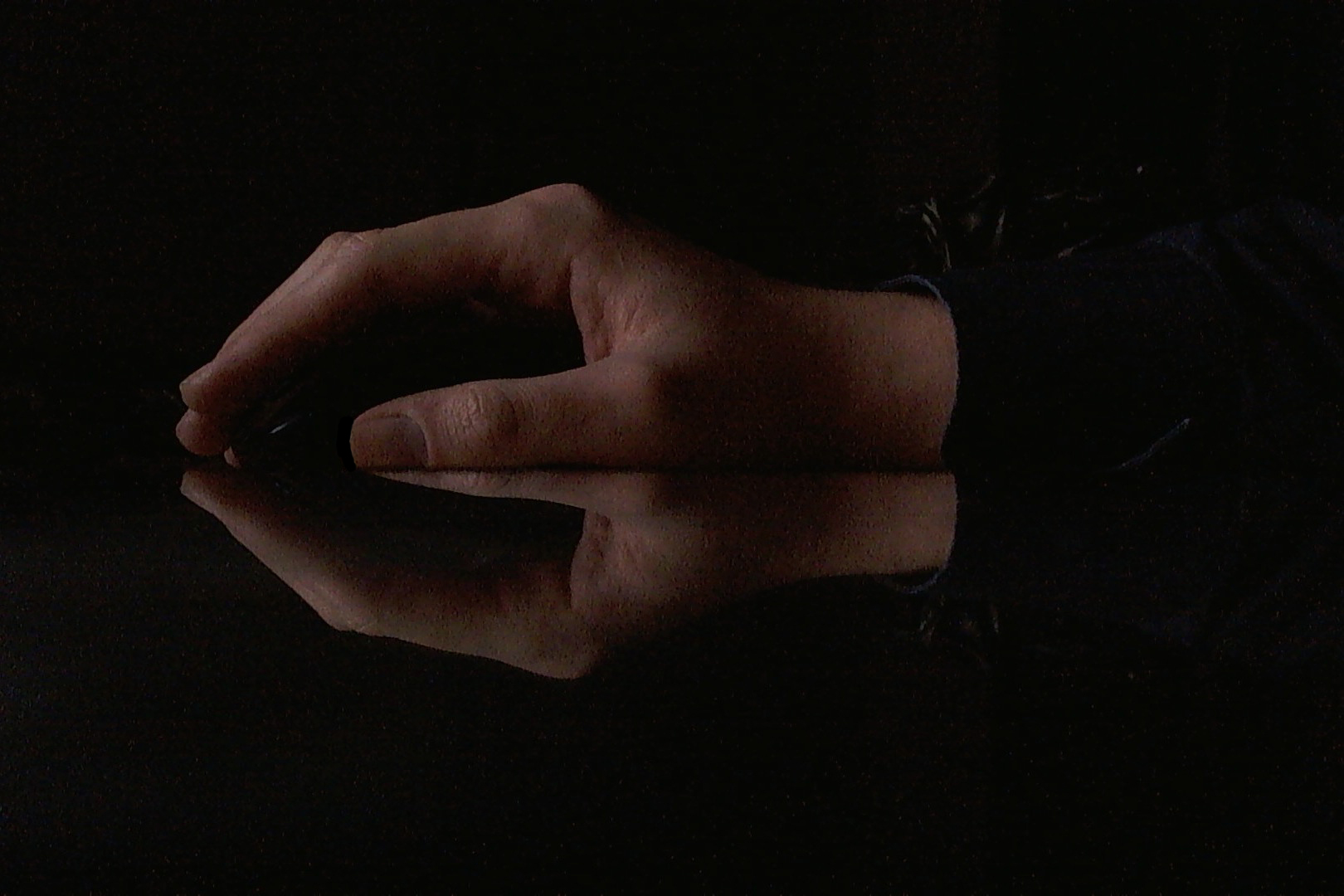New York, September 7th, 2004
“ALWAYS OPEN” – the international claim for the BMW MINI Cooper car. Using this motto, BBDO-Interone (Hamburg, Germany) introduced a new Flash broadband site (www.mini.com) which combines video, interactivity and sound in perfect harmony. Effekt-Etage (Berlin, Germany) supervised the non-linear video production and worked on the postproduction including virtual set extensions, color correction, camera tracking. Flashstreamworks had an exclusive behind the scenes look and documented the stages of this unique Flash video production.
BBDO-Interone, the online agency MINI and BMW, developed the idea to bring Flash Broadband to its limits in spring 2003. The result were 6 seamless connected interactive video clips, all based on the slogan “ALWAYS OPEN”.

Using video and sound elements, the agency tells the story of two friends, who spend 24 hours in their MINI Cabrio together with their dog “Spike”. Directed by Hans Horn, the Mini video clips show in an amazing way selected features of the car. This application combines movie, sound, and Flash sequences, overcoming the differences between Flash and film.
The navigation concept of the application emphasizes on the fact that the MINI Cabrio is “ALWAYS OPEN” – 24 hours: The user sees a circle similar to a clock face on the right side of the MINI website. The left side is showing the MINI Cabrio in a video window from the perspective and time of day you have chosen. When the user turns the circle the perspective of the car will change as well. The viewing angle is associated with the time of day. When the user first comes to the website, the circle will switch to the current time.


The daytimes have interactive video clips associated to it, showing different features of the MINI.
The video production for the application was a challenge since it required new ways to produce interactive video material in comparison to regular linear movies.
Effekt-Etage provided consulting and production supervision, implementing a feasibility study before the actual video production began.

Production
If you are more interested in the technical part of the flash application check out Flashstreamworks’tutorials. Unfortunately, we were not able to get more information about the Flash authoring process.
Equipment
The choice of the equipment was important to a successful concept execution. Target resolution was set on 415×276 pixels since it was a production for the web. The camera used during production was the Sony IMX MSW900P, since it supports progressive mode and can capture video in a 16:9 format. Progressive mode was required because half frames are not recommended for the web.

“This camera had a new CCD chip, which is better than regular DigiBeta Cameras”, says Holger Schaal, Managing Director of Effekt-Etage. “It allowed also the use of real-time Hard Disc recording while shooting the video – to have an uncompressed video footage for the best quality possible. HD recording also helped to have compositing control on the set.”
The 360 degree turn
The MINI Cabrio looks good from all sides. The camera movement in a cycle was simulated with Maxon’s 3D Cinema 4D software. It became inevitable to use 48 camera positions in order to see the car from the best perspective.

The whole turn around the car had to be finished in one day; with 48 camera positions, 30 minutes were left to reposition the camera for each shot. Finding the right position for the camera was not easy. It required a distance of 6.40 meters to the car. Unfortunately, the floor had different heights. A team of land surveyors had to measure the height and correct the position of the camera based on this data.
![]()
The images show the original heights and the corrected heights for the camera movement.

Another problem was light reflections on the car. A dummy test was filmed in an indoor environment, but the outside environment caused problems for the post production team. Clouds and different sun conditions during the day, and lights from skyscrapers in the night were reflected on the car chassis and recognized as uncomfortable flickering. The only solution was to replace the filmed MINI model with a 3D rendered model, to expose the actors with rotoscoping and to combine them with the new background. Shadows were added or modified manually to match the different sunlight conditions.

The result is a perfect camera movement around the MINI Cabrio.
Character animation and virtual set extensions
In one of the clips the user gets X-Ray glasses to see the skeleton of the actor and the MINI in an X-Ray view. The whole car character was rendered and animated with Maxon’s 3D Cinema 4D software, simulating the look and feel of night vision goggles. The set was remodeled in 3D to allow simulated vision interference.


Another interesting production highlight was the creation of a complete virtual screen for the clip “movie theater”. This was done by combining the virtual environment and a real scene, using tracking points and movie effects produced by Discreet’s Combustion.
Flash integration and interaction
The post production team spent more time to create the Flash application than they would normally spend on a regular video production.
But how does the integration and interaction with the Flash movie work? Intelligent Flash loading algorithms allow background loading of clips while others are playing. Careful planning and clever interaction with the player kept the user’s attention.
An example for this type of interaction is the Clip “Hacky-Sack”. In this video a ball is flying out of the video window and the actors are prompting the user to through it back.

Of course the ball is not landing in the hands of the actor, rather somewhere on the car, highlighting “accidentally” selected MINI features.

Every clip contains a unique interaction with the user, which makes a visit to the MINI website an exciting and memorable experience.
Conclusion
The BMW MINI Cooper Cabrio Flash site is a real life example of a cutting-edge Flash Video application designed for broadband users. It combines professional video production and postproduction with sophisticated interactive Flash elements. The challenge was to produce an application that goes beyond video-on-demand, adding interactivity, and increasing value to the BMW’s MINI site.
The future of broadband based Rich Media applications is here!
Translated and edited by Jens Loeffler
Text based on an article of Bjoern Kowalski
bjoernkowalski.de, Effekt-Etage
If you have any questions about the article please contact us at [email protected]
Links:
Mini Application
Effekt-Etage (Berlin, Germany)
BBDO-Interone (Hamburg, Germany)







